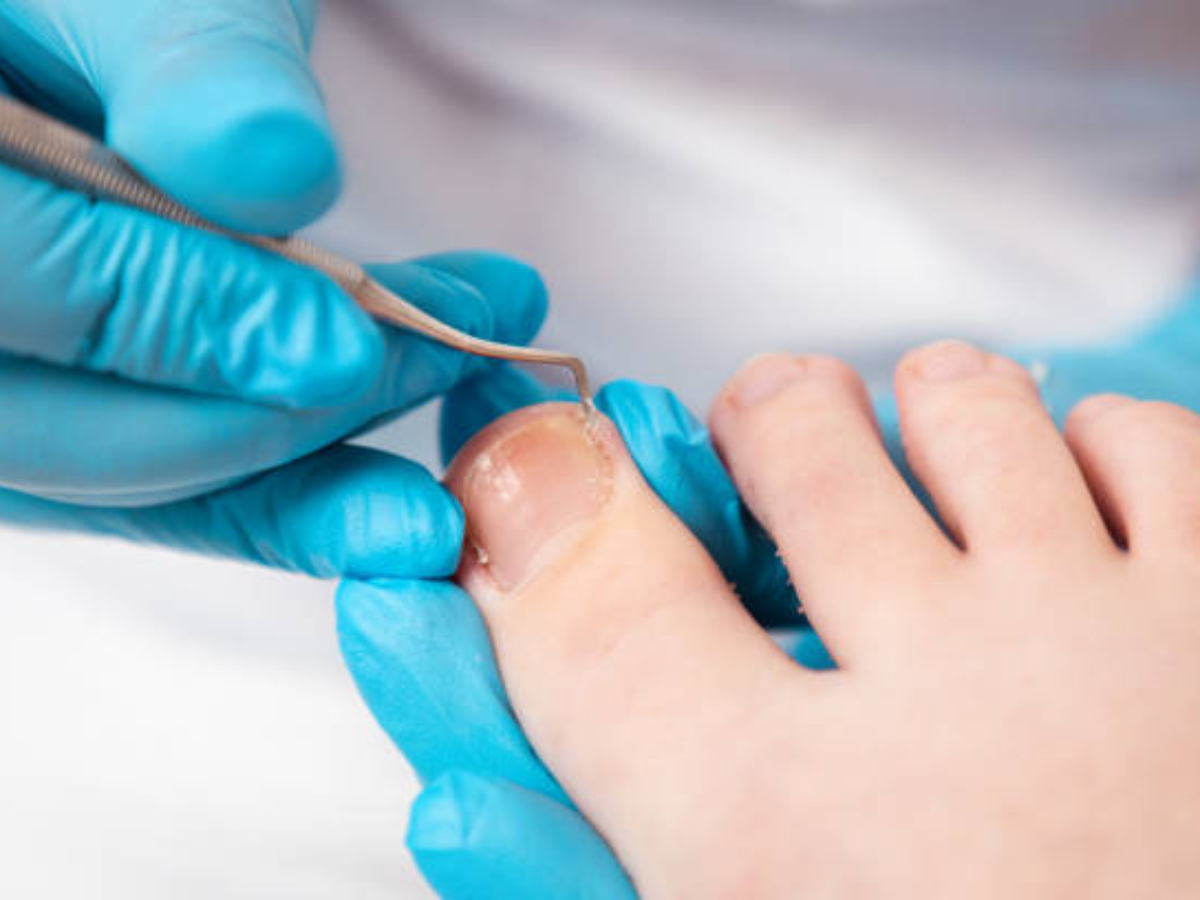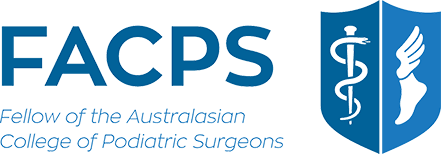It’s getting chilly…

It’s that time of the year when the woollen bed socks and big fluffy dressing gowns make an appearance. With the temperature dropping there are some particular problems that may arise in the feet.
Chillblains are a condition that can affect the hands and feet. They appear as small, red, itchy swellings on the skin which sometimes look like violet-coloured patches. They form after exposure to cold air or dampness and are a result of the small blood vessels near the surface of the skin going into hiding.
Chillblains in themselves are usually short lived and don’t normally cause any permanent damage. They can range from being uncomfortable to really painful. Sometimes chilblains can be a symptom of a more significant circulation disorder, such as Raynaud’s.
The trick is to avoid sudden changes in temperature. That means no walking out to get the paper on the dewy grass wearing your double-pluggers early in the morning. Try to keep your whole body warm so that your core temperature is maintained.
Applying creams that have a warming effect can be helpful. If the chilblains are itchy, using Witch Hazel can help.
At MJ Taranto Podiatric Surgeons, we know all about chilblains and how to manage them. We are also trained to undertake assessment of the circulation in your feet and can detect if there are any underlying concerns that may require further assessment.



